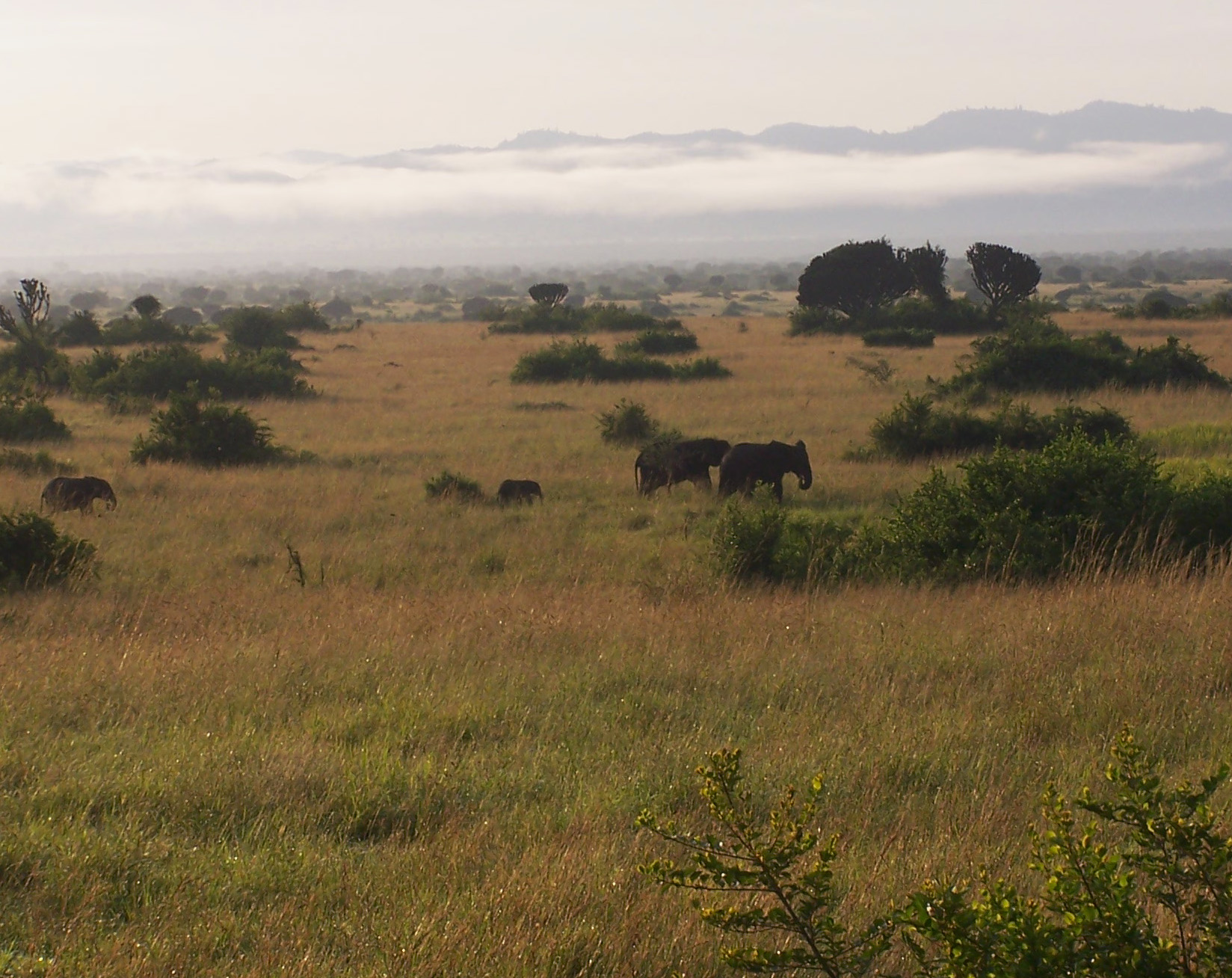 National and international policy frameworks increasingly seek to conserve and reference “highly biodiverse grasslands,” in order that accessing the ecosystem services provided by these grasslands does not degrade them. We provide a systematic definition of grassland and develop a comprehensive classification of world grasslands (using the International Vegetation Classification). We develop distribution maps for grasslands using the Terrestrial Ecoregions of the World – a spatial regionalization of the earth’s terrestrial biodiversity. We compile information across the globe on the patterns of diversity for these grasslands. To address the challenge of identify the diversity of grasslands, we took the following approach:
National and international policy frameworks increasingly seek to conserve and reference “highly biodiverse grasslands,” in order that accessing the ecosystem services provided by these grasslands does not degrade them. We provide a systematic definition of grassland and develop a comprehensive classification of world grasslands (using the International Vegetation Classification). We develop distribution maps for grasslands using the Terrestrial Ecoregions of the World – a spatial regionalization of the earth’s terrestrial biodiversity. We compile information across the globe on the patterns of diversity for these grasslands. To address the challenge of identify the diversity of grasslands, we took the following approach:
- Provide an ecological definition of grasslands.
- Distinguish natural and non-natural (i.e., pastures, hayfields) grasslands.
- Sketch out a world classification of natural grasslands, at fairly broad scales (i.e., the International Vegetation Classification “formation,” “division,” and “macrogroup” levels), identify comparability with other widely established classification types (e.g., Braun-Blanquet classes), and report on their distribution by ecoregions.
- Use “species richness,” i.e., the number of plant species found in a defined area (e.g., 10 x 10 m plot) as the measure of biodiversity for this study.
- Summarize issues regarding inclusion of both exotics and native species in measures of species richness.
- Compile a wide range of data on measures of species richness.
- Identify all ecoregions of the world where grassland types were dominant.
The European Union (EU) is concerned that biofuels and bioliquids cannot be produced from raw material obtained from land with high biodiversity value. The challenge is to provide both a methodology and relevant information for defining high biodiversity grasslands. We found that diversity varies by broad-scale grassland type, so identification of high versus low diversity grasslands is type specific. We identified all ecoregions around the world where grasslands were historically or currently dominant.